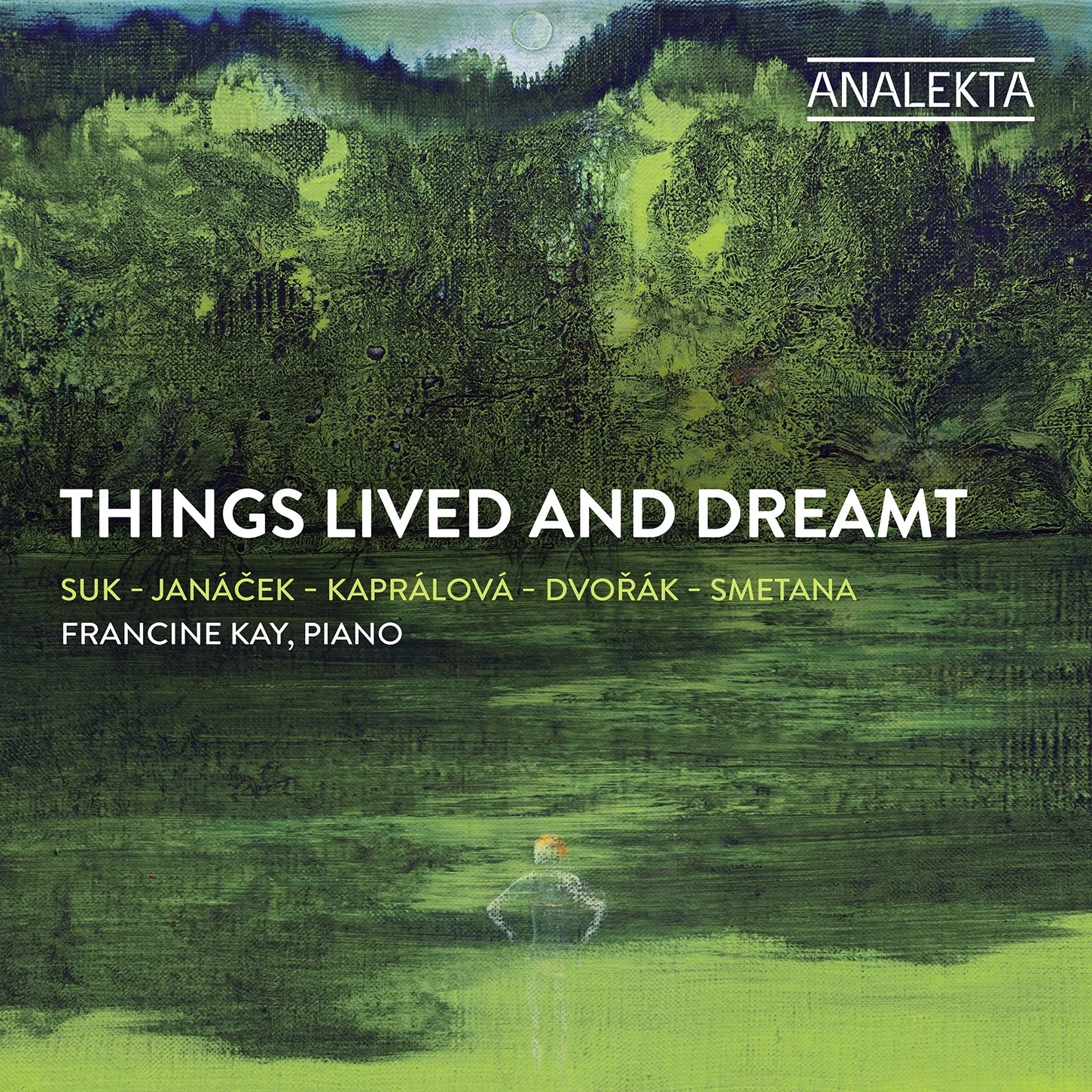Daedalus Quartet captures emotional depths of music by exiles
By Eric C. Simpson
It’s no secret that not all great performances happen in the biggest concert halls. This is especially true in the realm of chamber music, where a library or a small lecture hall is a more apposite setting than an auditorium built for thousands.
Just east of Madison Square Park, the Baruch Performing Arts Center hosts an impressive variety of musical programming in two small theaters underneath Baruch College’s main campus. On Tuesday evening, the talented Daedalus Quartet offered a program of works whose authors were all political exiles, forced by violence to leave their home countries.
As powerful as that idea is, it was the depth of the pieces themselves, rather than any thematic connection among them, that stood out in Tuesday’s concert.
The evening began with the Third String Quartet of Viktor Ullmann. Ullmann, who was later killed at Auschwitz, wrote the quartet while a prisoner at Terezin, and the piece conveys deep emotions, even if they are not always obvious.
Open harmonies in the bars that begin the first movement feel bright but betray deep sadness, and Daedalus here brought a warm, full sound, breathing together from the start. The music proceeds with a waterfall-like flow, its apparent serenity interrupted by interludes of agitated arpeggios and nervous tremolos. In the scherzo, a waltz, at once playful and macabre, brings much harsher tonality and acid harmonies.
Long, slow, heavy breaths in the Largo are followed by a feeling of unease in the closing Rondo, where quiet tremolos create keen anticipation. Daedalus brilliantly captured the emotional ambiguity that makes the music at once so penetrating and uncomfortable.
Introducing his string quartet, Babel, Gabriel Bolaños explained that he had been born “in exile,” to use his phrase, his family having fled from Nicaragua to Colombia during the Sandinista Rebellion, just before his birth. Each of Babel’s five movements is a portrayal in music of particular features of languages to which Bolaños feels a personal connection. His musical language, though heavily gestural and reliant on extended technique, does feel expressive—though what exactly it expresses is a mystery. Overall, the piece is difficult to follow, even with program notes hinting at the ideas behind each movement.
“Spanish” presents little flashes of sound in short, disjointed phrases made up of glissandos, ricochets, and harmonics. In “English + Chinantecan,” the violins and the viola brush the strings while the cello traces a lonely melody. In “Nuxálk,” fierce pizzicato lines among the upper strings interlock in frantic conversation with each other while the cello scrapes a long, pitchless tone. The jumble of all these voices, each struggling to be heard in “Greenlandic,” gives way to a slow, chilly crawl towards resolution in “Vowel Harmony.”
The program’s second half consisted of the profound Piano Quintet by Mieczysław Weinberg, who fled Poland for the Soviet Union at the start of the Second World War. Joined by pianist Renana Gutman, Daedalus gave a gorgeous, rich reading of this emotionally complex piece.
After an abortive start when second violinist Matilda Kaul’s instrument slipped out of tune, Daedalus and Gutman began beautifully, with a warm pulse of strings supporting the piano’s haunting, discursive melody. There is a composed focus in the music of this first movement, conveying a sense that fraught emotions hide just below the surface. In spite of the hall’s dry acoustic, the musicians managed to achieve a full sound through rich dynamic definition.
The Allegretto brought just a hint of a springing dance step before ending in an astonishing hush, but a more exuberant romp came out in the boisterous waltz of the Presto, where there was a hint of comedy in the melodramatic melancholy of the dance.
The most substantial movement of the five is the Largo, which unfolds in a deliberate but arresting development of ominously resonating chords. In it we hear the most emotional intensity and complexity of the quintet, as it passes through a number of musical ideas in succession. Out of the initial gloom emerges a wandering violin cadenza, in which Min-Young Kim channeled a folk spirit. Suddenly there appears a bright E-major chord in the piano that glides into an airy reverie in which longing, contentment, and sadness all mix together.
After the many subtle emotions of the Largo, it was a shock to hear the aggressive, gritty start of the Allegro agitato, which moves into something like an Irish reel. Daedalus and Gutman gave exuberant, heart-racing performance of the finale to finish off an impressive evening of challenging music.
Baruch Performing Arts Center’s next chamber event is 7:30 p.m. November 20, when the Alexander String Quartet performs works by Shostakovich, Mozart, and Mendelssohn. baruch.cuny.edu







